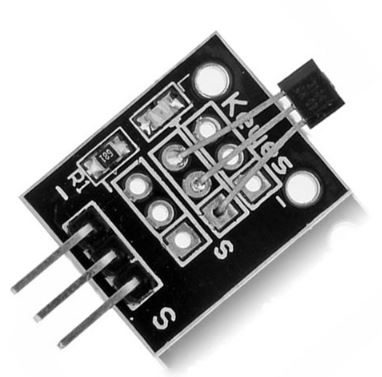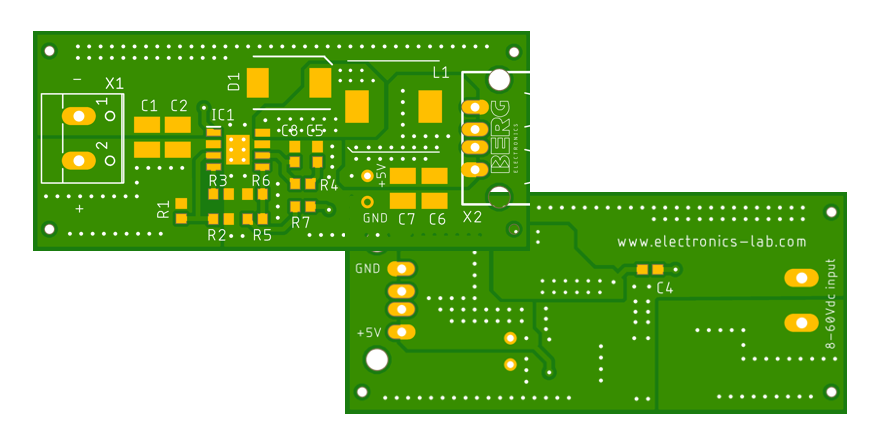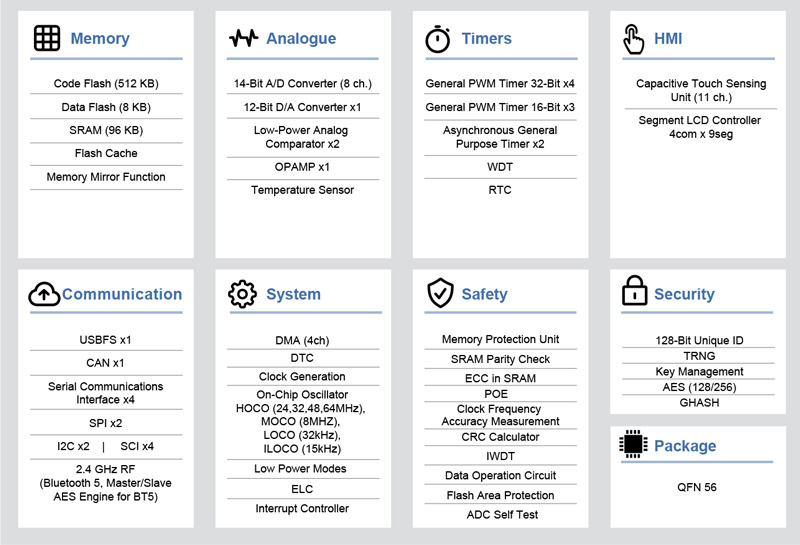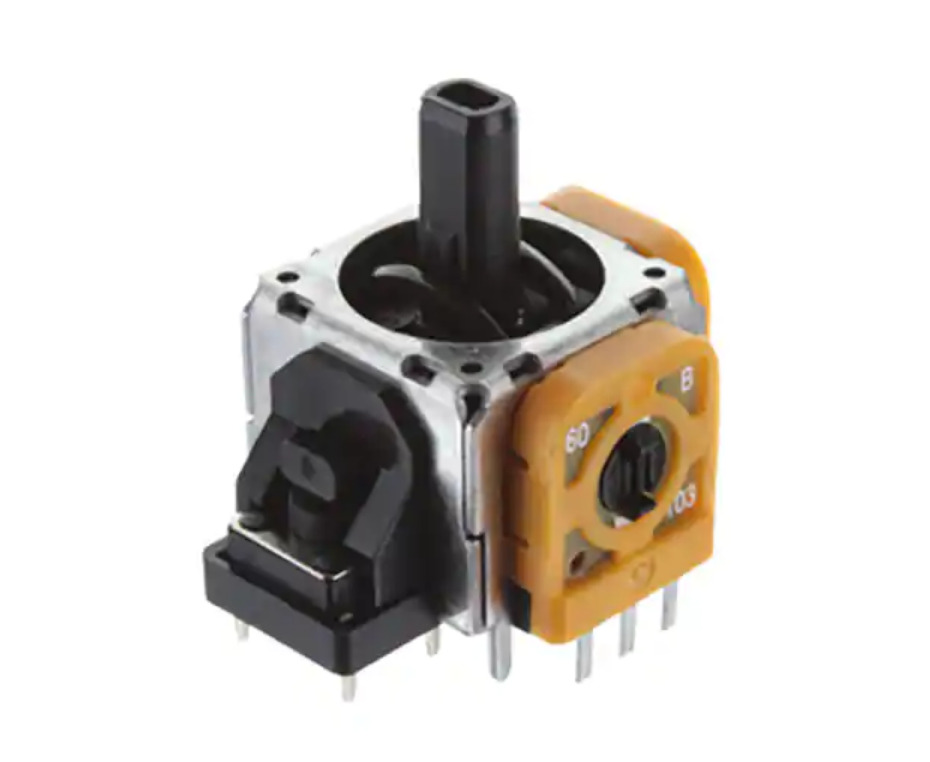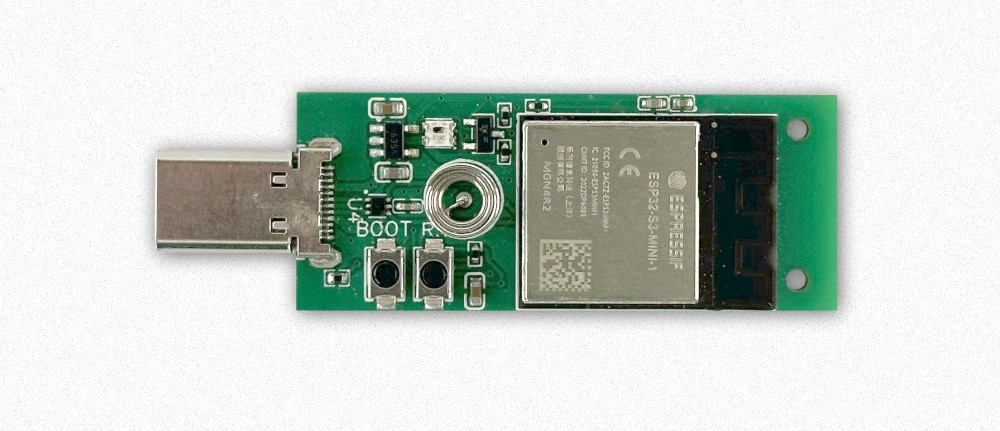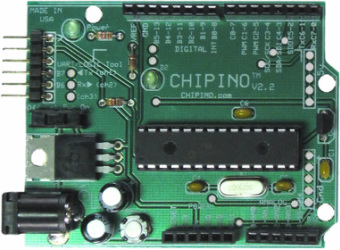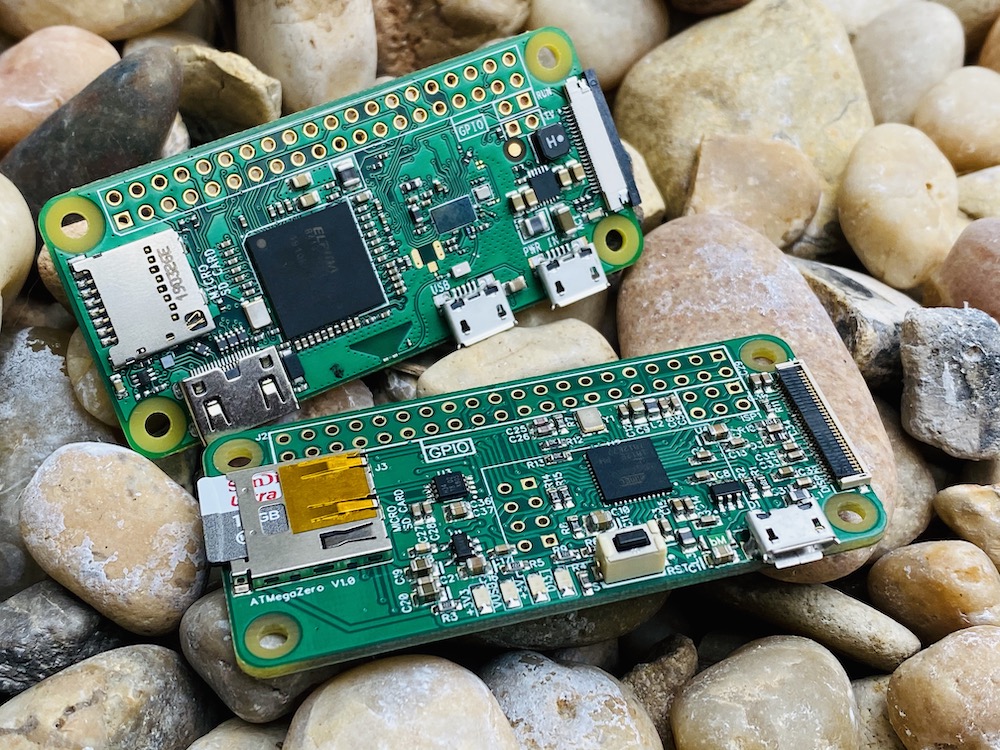
Raspberry Pi Zero Inspired ATMegaZero Arduino Compatible Board Launched for $24.90
The small form factor of the Raspberry Pi Zero has now been brought to the Arduino World!
An Arduino Leonardo compatible board with a strikingly simillar shape to the well-known Raspberry Pi Zero is available on GroupGets for $24.99, but you will have to hurry up to get your hands on this item, as the good buying campaign is expected to end by September 30.
The ATMegaZero may look similar to the Raspberry Pi Zero, but they are actually quite different in specs, where the Arduino board’s specs are:
- ATmega32U4 microcontroller core (clocked at 16MHz)
- 32KB Flash, 2.5KB SRAM and 1KB EEPROM memories
- 40-pin GPIO header (17 Digital I/O’s, 6 Analog Inputs, 8 GND pins, 2 +3.3V pins and 2 +5V pins)
- 2 ESP-01 GPIO pins
- Micro SD Card module for reading and writing data
- 32 pins OLED Display port (compatible with 30 pinsSSD1306& SSD1331)
- Pinout for connecting an ESP-01 WIFI Module
- UART, SPI and I2C communication
- 7 PWM channels
- 5V operating voltage
- Micro USB port and 6-pin ICSP (In-Circuit Serial Programming) header, for power, programming and debugging purposes
- 1.5oz weight
- 65mmx30mm dimensions (2.6″x1.2″)
As you can see, the looks are quite deceiving, as the ATMegaZero does not run linux or run your computer vision programs, but it still can be regarded as a welcome addition to the Arduino family. The designers describe it as “designed with makers in mind” and guarantee it works out of the box with the Arduino IDE. There is also a resource-packed website, where more detailed information can be found, including a pinout, setup instructions and other necessary technical details that are available, to help you get started.
Along with the board, you can order some add-ons with it, including a protoboard with the same shape as the ATMegaZero and headers for it.
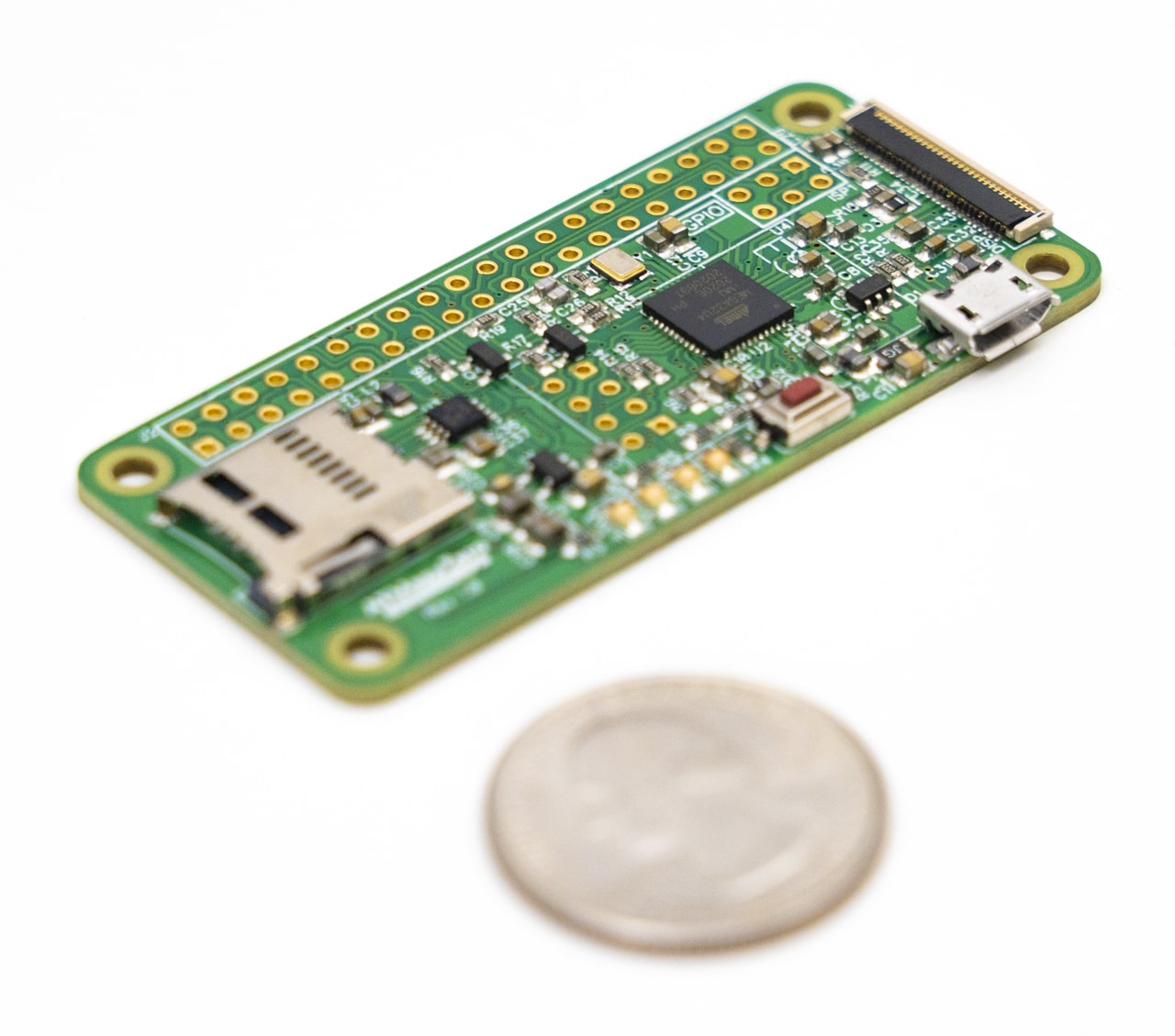
Regarding it as a maker’s perspective, what can you do with it? Well, a lot! Besides the SD card module in the board, it also provides an easy connector to an OLED display and an ESP-01(s) Wi-Fi module, while achieving this small form factor. Of course, this is not directed to be a Raspberry Pi competitor, but the potential is there. You get a lot of possibilities for such a small size. It can also be paired with the Raspberry Pi Zero cases, since their modeling is that similar, which means you don’t have to fool around with 3D software to provide a casing to your project, at least for once.
To this date, the Hackster launch campaign counts with 51 of 100 target backers, which is expected to fill by the end of the month.
Will you pick this board up? What would you make of it?
- ATMegaZero online resources: atmegazero.com
- GroupGets website: groupgets.com/campaigns/822-atmegazero




